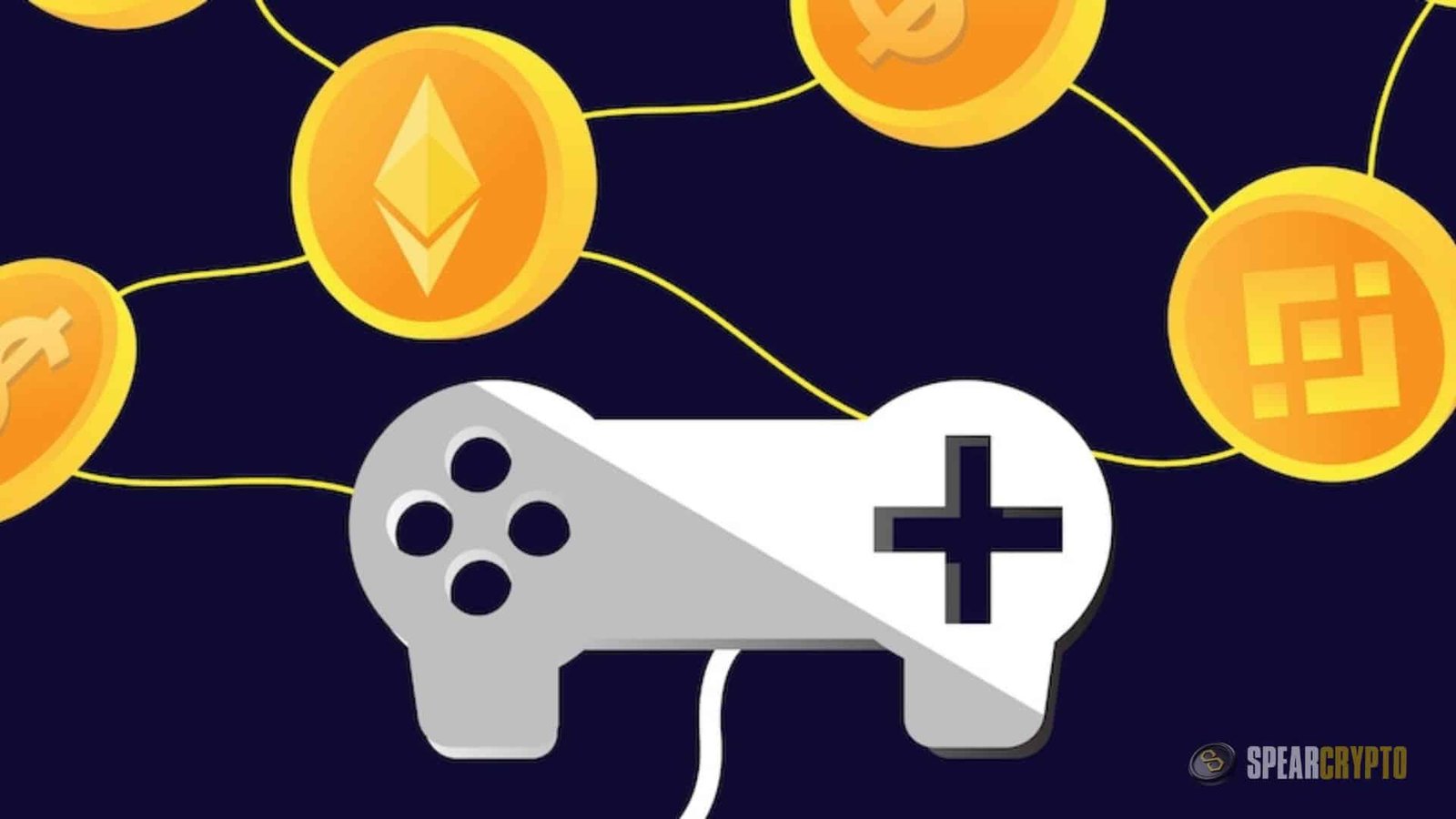
Cryptocurrency mining has long been an enticing prospect for individuals seeking to earn digital assets without directly purchasing them. The concept of free crypto mining—the idea of mining cryptocurrencies without investing significant upfront capital—has been particularly appealing. In 2024, as the cryptocurrency market matures and technology continues to evolve, there are still opportunities for free crypto mining, but the landscape has become increasingly complex.
This article delves into what free crypto mining looks like in 2024, exploring its various forms, the associated risks, and viable alternatives that can help individuals enter the world of crypto mining with minimal investment.
The Evolution of Crypto Mining
Before we discuss free mining, it’s crucial to understand how crypto mining has evolved. In the early days of Bitcoin, mining was a relatively straightforward process. Anyone with a personal computer could mine Bitcoin by solving complex mathematical problems that helped secure the network. The rewards were substantial and low costs, making it a feasible option for hobbyists and tech enthusiasts.
However, as cryptocurrencies gained popularity, the mining process became increasingly competitive. Bitcoin’s mining difficulty skyrocketed, and specialized hardware known as Application-Specific Integrated Circuits (ASICs) became necessary to stay competitive. This shift effectively pushed out most individual miners, especially those hoping to mine for free.
Today, Bitcoin mining is dominated by large mining pools and companies with vast resources and access to cheap electricity. For most individuals, free mining of Bitcoin is no longer realistic. However, free mining of other cryptocurrencies, such as those that use Proof-of-Stake (PoS) or less resource-intensive Proof-of-Work (PoW) algorithms, remains an option.
What is Free Crypto Mining in 2024?
Free crypto mining refers to earning cryptocurrencies without paying for expensive mining hardware or high electricity costs. While there’s no entirely “free” way to mine major cryptocurrencies like Bitcoin today, a few methods come close, primarily involving shared resources, promotional programs, and decentralized projects. The following are the most common approaches to free crypto mining in 2024:
Browser-Based Mining
Browser-based mining allows users to mine cryptocurrency by visiting specific websites that run mining scripts in the background. These websites use the user’s CPU to solve cryptographic puzzles, earning small amounts of cryptocurrency in return.
One of the best-known browser-based mining platforms was Coinhive, which allowed users to mine Monero (XMR) directly through their browsers. However, Coinhive shut down in 2019, leaving other alternatives like CryptoTab as prominent options.
While browser-based mining may seem appealing for its simplicity, it is notorious for inefficiency. Modern browsers and CPUs are not designed for high-performance mining, and the earnings are generally meager. Additionally, it can strain your device and increase electricity costs, making it less “free” than it appears.
Cloud Mining Free Trials
Cloud mining services allow users to rent mining hardware from a provider who manages the operations in exchange for a fee. These services have become increasingly popular as individual mining has become less profitable.
Several cloud mining platforms offer free trials that allow users to mine cryptocurrency without upfront costs. Genesis Mining, Hashflare, and NiceHash have all allowed users to start mining with limited free trials or promotions.
However, the profitability of cloud mining is heavily dependent on the terms of service, and most free trials only last a short period. After that, users typically must pay a monthly or annual subscription to continue earning. As a result, free cloud mining is often more of a promotional tool than a sustainable way to mine crypto without investment.
Airdrops and Bounties
Although not strictly mining, airdrops and bounty programs allow users to earn free cryptocurrency in exchange for participating in promoting a blockchain project. In an airdrop, new cryptocurrency projects distribute tokens to users who sign up for the service or perform simple tasks, such as sharing social media posts or joining a community. These tokens can be traded or held depending on the user’s preference.
Similarly, bounty programs reward users for completing tasks like bug testing, translating content, or developing marketing materials. These programs are particularly popular in decentralized finance (DeFi) and non-fungible tokens (NFTs), where community engagement is crucial. While not mining in the traditional sense, airdrops and bounties can be an excellent way to earn free cryptocurrency, which users can then stake or trade to increase their earnings.
Faucet Websites
Faucet websites offer users small amounts of cryptocurrency in exchange for completing captchas or viewing ads. These sites distribute fractions of tokens like Bitcoin, Ethereum, or Litecoin as a reward for user participation. Although faucet payouts are minimal, some people use them to start accumulating cryptocurrency without any upfront costs. Popular faucets like Cointiply and FreeBitcoin have become a staple for beginners looking to enter crypto.
Risks Associated with Free Crypto Mining
While earning cryptocurrency without paying for expensive equipment or high electricity bills is enticing, there are significant risks associated with free crypto mining methods. These risks include:
Low Profitability
One of the most significant challenges of free crypto mining is its extremely low profitability. For example, browsing-based mining and faucet websites typically generate minuscule rewards, often not covering the costs of electricity or internet usage. Users may spend hours or days mining only to earn a few cents worth of cryptocurrency.
Scams and Fraudulent Platforms
The allure of free crypto mining has attracted numerous scammers who prey on unsuspecting users. Fake cloud mining platforms and fraudulent faucets are common in the crypto space. These scams often promise high returns or free access to mining equipment but disappear with users’ funds or personal data.
It’s essential to conduct thorough research before engaging with any platform that promises free crypto mining. Always look for user reviews, check for transparency in terms of ownership, and avoid platforms that seem too good to be true.
Hidden Costs
Many “free” mining platforms come with hidden costs. For example, cloud mining services often charge high maintenance fees that affect users’ profits. Similarly, browser-based mining can increase your electricity usage, leading to higher bills at the end of the month. In some cases, free crypto mining tools can also introduce security risks to your devices. Malware and mining scripts can exploit your CPU and drain your resources, causing your computer to slow down and become more vulnerable to attacks.
Regulatory Issues
Cryptocurrency mining, particularly free mining schemes, can sometimes fall into regulatory gray areas. In some countries, mining is heavily regulated, and using certain methods (such as browser-based mining) without consent can be illegal. Always be aware of the legal implications of your mining activities and ensure compliance with local regulations.
Alternatives to Free Crypto Mining
Given the challenges and risks of free crypto mining, many individuals are turning to alternative methods for earning cryptocurrency without significant upfront investments. Some of the most popular alternatives in 2024 include:
Staking
With the rise of Proof-of-Stake (PoS) blockchains like Ethereum 2.0, Cardano, and Polkadot, staking has become an increasingly popular way to earn cryptocurrency without mining. In PoS, users can earn rewards by locking up their tokens to help secure the network. Unlike mining, staking doesn’t require expensive hardware or excessive energy consumption, making it a more accessible option for individuals with limited resources.
Staking platforms like Binance, Kraken, and Coinbase have made it easy for users to participate in staking pools and earn passive income from their crypto holdings. Staking also offers higher returns than free mining methods, with annual yields ranging from 5% to 20%, depending on the network.
Yield Farming and Liquidity Mining
Yield farming and liquidity mining have exploded in popularity with the growth of decentralized finance (DeFi) protocols. These methods allow users to earn cryptocurrency by providing liquidity to decentralized exchanges (DEXs) or lending platforms. Users receive interest or governance token rewards by locking their tokens in a liquidity pool. Platforms like Uniswap, SushiSwap, and Aave have enabled individuals to earn passive income through yield farming without mining hardware.
Play-to-Earn (P2E) Games
The blockchain gaming industry has witnessed rapid growth, with play-to-earn (P2E) games offering users the chance to earn cryptocurrency by playing video games. Popular titles like Axie Infinity, The Sandbox, and Decentraland reward players with tokens for completing in-game tasks or achieving specific milestones.
While not directly related to mining, P2E games provide an innovative way to earn digital assets with minimal upfront investment. Some games require a small initial purchase of in-game items, but others are free to play and still offer the chance to earn crypto.
Airdrop Participation
As mentioned earlier, airdrops remain a popular way to earn free cryptocurrency. In 2024, blockchain projects will continue to use airdrops as a marketing strategy to distribute tokens to new users. By signing up for these projects early and participating in their communities, users can accumulate valuable tokens to be traded or held for future appreciation. Airdrops often accompany major blockchain launches, so keeping an eye on new projects can be a fruitful strategy for earning free crypto.
Conclusion
Free crypto mining in 2024 remains a tempting prospect for many, but the reality is far more complicated than it initially appears. While there are opportunities to mine cryptocurrency without paying for expensive hardware, the profitability and viability of free mining methods are limited.
For those seeking to earn cryptocurrency without major upfront investment, alternatives like staking, yield farming, airdrops, and play-to-earn games offer more practical and profitable solutions. However, as with any investment or earning opportunity in the crypto space, it’s crucial to cautiously approach free mining and its alternatives, thoroughly research platforms, and remain aware of potential risks.
As the cryptocurrency market continues to evolve, the opportunities for free or low-cost entry into mining and earning digital assets will likely expand, but so will the challenges. Staying informed and adopting a diversified approach is the key to success in the ever-changing crypto world.
[sp_easyaccordion id=”3012″]







